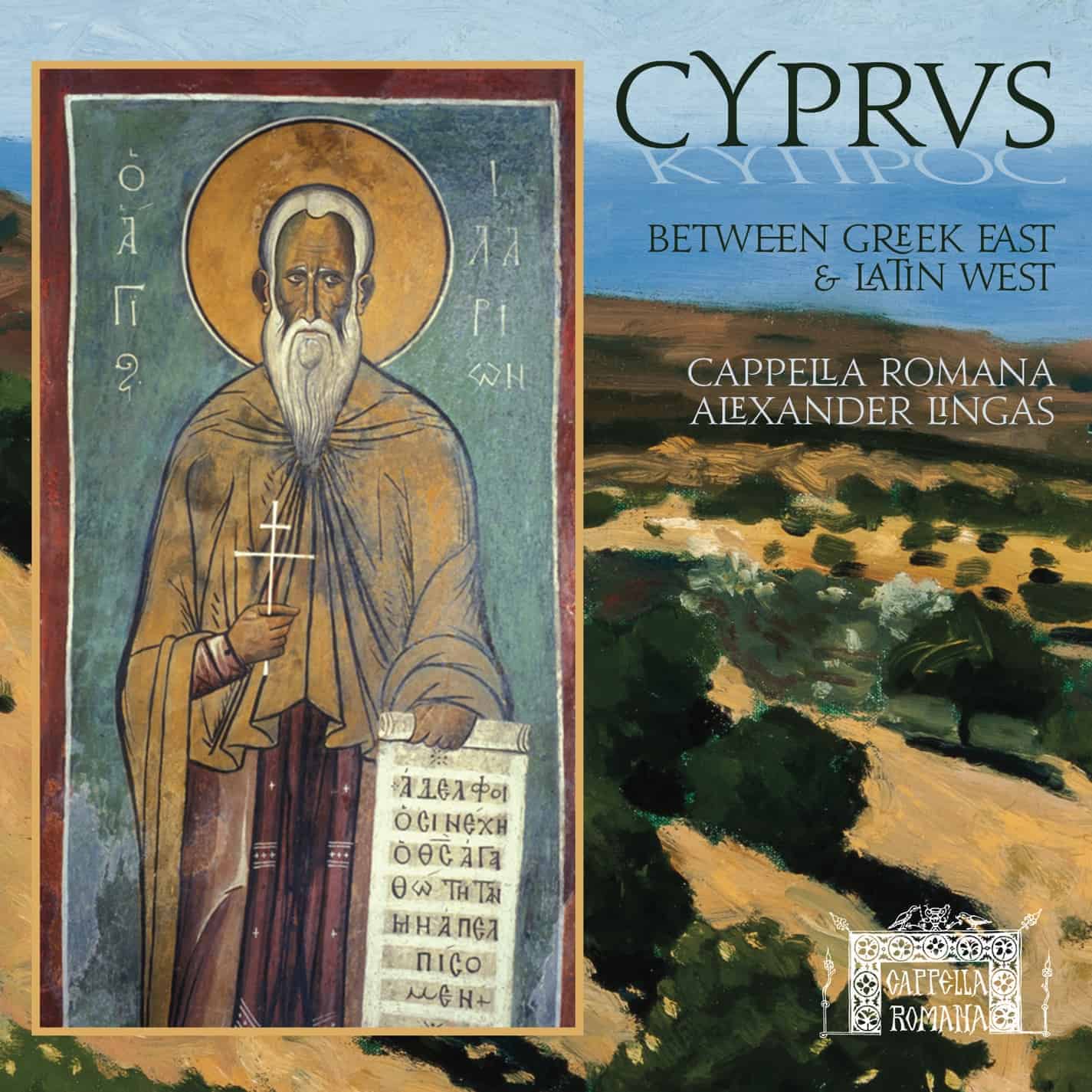Your cart is currently empty!
Medieval Cyprus Between East and West
 Located at a strategic point in the Eastern Mediterranean close to the coasts of Asia Minor (modern Turkey) and the Middle East, the island of Cyprus has been a site of commercial and cultural interchange since the dawn of civilization. Christianity came to the island with the apostles Paul and Barnabas, the latter of whom was himself a Cypriot and, according to local legend, the island’s first bishop. The Church of Cyprus was granted the right of self-governance (autocephaly) by the Emperor Zeno (474–91) and remained a powerful institution after the island came under joint Byzantine and Arab rule in the late seventh century.
Located at a strategic point in the Eastern Mediterranean close to the coasts of Asia Minor (modern Turkey) and the Middle East, the island of Cyprus has been a site of commercial and cultural interchange since the dawn of civilization. Christianity came to the island with the apostles Paul and Barnabas, the latter of whom was himself a Cypriot and, according to local legend, the island’s first bishop. The Church of Cyprus was granted the right of self-governance (autocephaly) by the Emperor Zeno (474–91) and remained a powerful institution after the island came under joint Byzantine and Arab rule in the late seventh century.
Constantinople reasserted full control over Cyprus in the tenth century, but by the early twelfth century it had become a way station for Crusaders journeying to the Holy Land. During the Third Crusade (1189–92), King Richard I the Lionhearted of England diverted his fleet to Limassol in 1191, captured the island, and promptly sold it to the Knights Templar. The Templars soon proved incapable of administering Cyprus, so in 1192 Richard sold it to Guy de Lusignan, who had been displaced as Latin King of Jerusalem by the Muslim reconquest of the Holy City led by Saladin in 1187. The dynasty founded by Guy governed the island for nearly two centuries, with the later period marked by ever-closer relations with the city-states of Italy. In 1489 the Republic of Venice added Cyprus to its empire, of which it remained a part until the Ottoman conquest of 1571.
Greek-speaking Orthodox Christians remained in the majority under Lusignan rule, but the island also hosted significant minority communities of Armenians, Syriac Christians, Jews, and Western Europeans. The latter included traders and refugees from Crusader states recently captured by the Arabs, some of whom came to occupy positions of power in the island’s feudal system of governance. Whereas early members of this imported aristocracy attempted to suppress the Orthodox Church of Cyprus, toleration became the rule in succeeding generations marked by increasing rates of intermarriage between the Greek and Latin communities. In both the capital of Nicosia (Leukosia) and the coastal city of Famagusta (Ammochostos), Roman Catholic cathedrals in the Gothic style were constructed in close proximity to their Eastern Orthodox counterparts.
—Alexander Lingas
Read Part Two
Read Part Three
Read Part Four
Concert Tickets
[one_half]
Seattle
Friday, 13 Nov. 2015, 7:30pm
Blessed Sacrament
TICKETS
[/one_half][one_half_last]
Portland
Saturday, 14 Nov. 2015, 7:30pm
Trinity Episcopal Cathedral
TICKETS
Sunday, 15 Nov. 2015, 2:30pm
St. Mary’s Cathedral
TICKETS
[/one_half_last]
Categories:
Tags:

You must be logged in to post a comment.